The Best Moisture-Loving Plants For Wet Areas
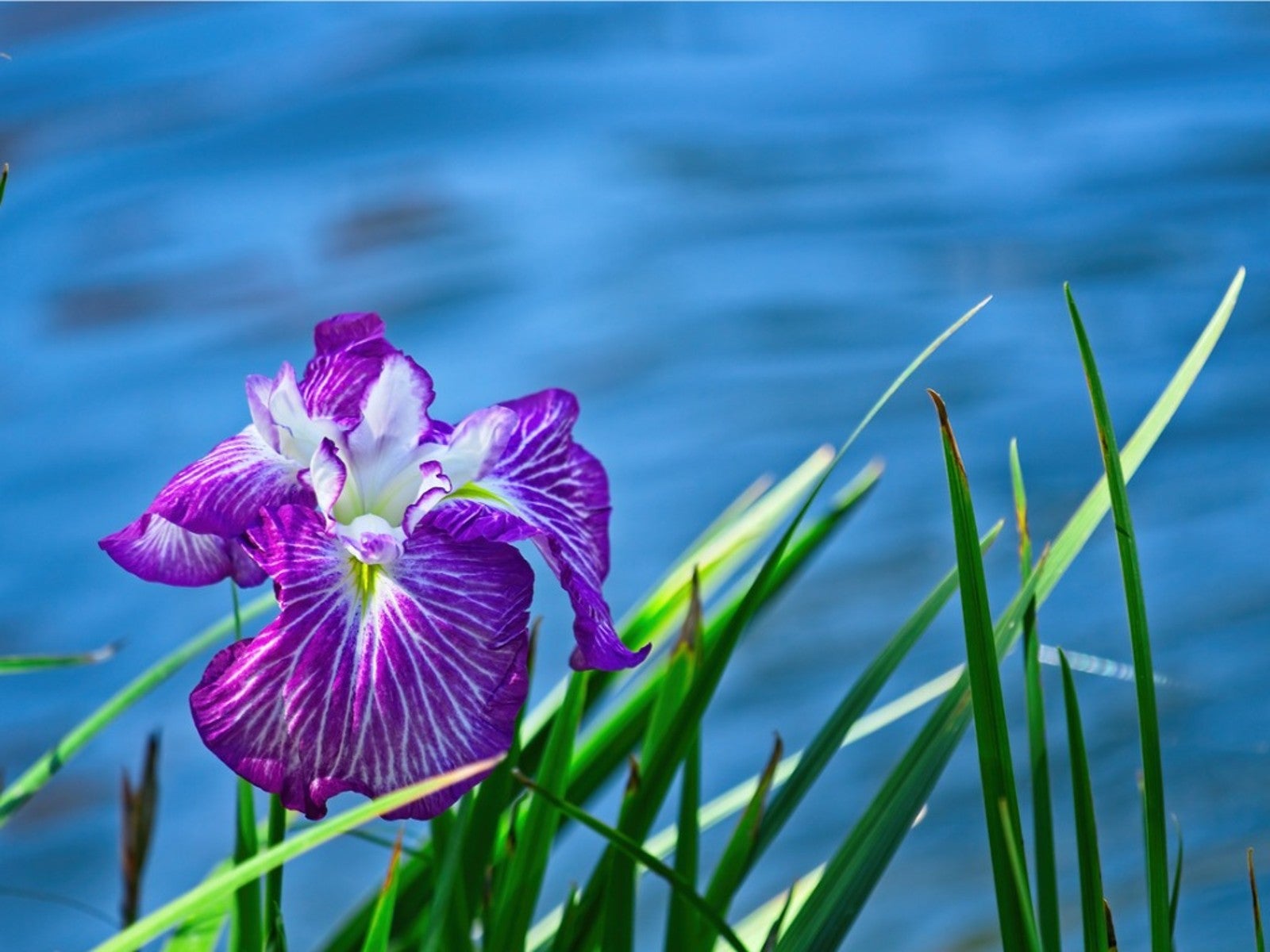

Teo Spengler
Well-draining soil is an important component for most plants in the garden and landscape. When the soil is poorly drained, the roots of most garden plants and trees are prone to rotting. However, there are perennials, grasses, and trees that actually enjoy soggy or always-moist sites. If you’re looking for moisture-loving plants that enjoy having “wet feet,” read on.
Gardening in Wet Sites
We wish we could report that there are hundreds of common plants that love growing in wet soil, but that’s not the case. Plants require oxygen to function, and when the soil is filled with water, air is locked out. In fact, only a few specific plants will thrive in soil that is constantly saturated. To that extent, “water-loving plants” is a misnomer.
Most “wet” sites in the home garden are only wet during particular periods or seasons rather than year round. By “wet” here, we mean sites where there is occasional standing water for periods of 24 hours or less. Generally, the best plants for wet areas are actually more accurately described as moisture-loving plants.
Perennial Plants for Wet Areas
Perennials are often the backbone of the garden. They live for more than one growing season in the right climate, and some actually like wet areas and thrive in moist soil:
- Hardy hibiscus (Hibiscus spp.) offers large, beautiful blossoms that appear in late spring/early summer and last through fall. These shrubs grow to 4 feet (1 m) tall and 5 feet (1.5 m) wide in moist soil.
- Queen-of-the-prairie (Filipendula rubra) offers oodles of showy, pink or white blossoms in June and July. Said to be excellent for rain gardens, this perennial can grow to quite a clump, 5 feet (1.5 m) tall and 4 feet (1 m) wide.
- For even wetter areas, consider Siberian Iris (Iris siberica) with its grassy foliage and lavender flowers in early summer. These shrubs grow to 3 feet (0.9 m) in each direction and are very tolerant of wet soil.
Other water tolerant perennials and bulbs include:
- Lily of the valley
- Bugbane
- Crinum
- Sweet woodruff
- Daylily
- Rose mallow
- Blue vervain
- Monkey flower
- Iris
Grasses for Wet Soil
Ornamental grasses for your wet yard area can be a good choice. Grasses, especially native grasses, are versatile, hardy and easy to maintain, but offer a dramatic beauty. Here are a few to consider for moist or wet sites:
- Muhly grass enjoys damp soil and pond edges. Also, most types of sedge do well in wet, sandy soil. Sedge is available in a variety of sizes, forms, and colors.
- Panicum Heavy Metal may sound like the name of a fancy cultivar, but it is, in fact, a native ornamental grass, perfect for beginning gardeners. This grass has metallic blue leaves that grow upright and turn yellow in the fall. It thrives in the wild beside bodies of water and generally loves moist conditions.
- Sorghastrum Indian steel - aka blue prairie grass - is another native grass that grows near water in natural conditions and is happy in wet soil. It offers dense foliage and summer flowers. Plant it in full sun.
Other water tolerant grasses include:
Gardening tips, videos, info and more delivered right to your inbox!
Sign up for the Gardening Know How newsletter today and receive a free copy of our e-book "How to Grow Delicious Tomatoes".
- Northern sea oats
- Indian grass
- Little bluestem
- Cordgrass
Moisture-tolerant Ground Covers
If you’re looking for a vine or a groundcover for a damp area, keep in mind that most vines and groundcovers require some drainage and don’t perform well in areas that are flooded or consistently wet. However, these may be worth a try:
- Ajuga
- Trumpet creeper
- Carolina jessamine
- Liriope
Moisture-loving Ferns
Don’t assume that all ferns like wet feet, but some tolerate wet areas and will thrive at the edge of ponds, including:
- Cinnamon fern
- Royal fern
- Painted fern
- Marsh fern
- Holly fern
- Sensitive fern
Shrubs that Like Wet Soil
Some shrubs and trees will tolerate moist or occasionally standing water. Consider any of the following species:
- Buttonbush (Cephalanthus occidentalis) is an extremely tolerant plant, thriving right through droughts but also accepting standing water and wetland conditions. That makes it perfect for sites that are sometimes dry and sometimes flooded. Buttonbush can get to 10 feet (3 m) tall with lovely white flowers that attract butterflies.
- It won’t surprise you that swamp dogwood (Cornus amomum) likes wet soils, given the common name. It has several ornamental features including late spring blossoms and late summer berries.
- Another wetland plant to consider for standing water areas is winterberry (Ilex verticulata). This tall shrub produces shiny red berries in fall that last through winter on the branches.
Trees for Wet Soil
When it comes to trees, consider any of the following for wet areas:
- Box elder
- Red maple
- Silver maple
- Common alder
- River birch
- American hornbeam
- Fringetree
- Persimmon
- Deciduous hollies
- Dawn redwood
- London planetree
- Cherrybark oak
- Weeping willow
- Bald cypress
Plants That Like to Be in Water
There are a number of plants that can withstand long periods with wet feet. These make good additions to garden ponds, bogs, rain gardens, or just those difficult areas of the landscape that stay too wet for planting anything else.
Perennial plants that tolerate standing water and flooded areas include:
- Pickerelweed
- Cattail
- Iris
- Canna
- Elephant’s ear
- Swamp sunflower
- Scarlet swamp hibiscus
Keep in mind that soil moisture is only one thing to consider when choosing plants for wet areas. Other important factors include light/shade, soil type, and temperature hardiness. A local greenhouse or nursery can provide information about specific water tolerant plants for your area, or your local extension service can help with the best plants for your particular region.

A Credentialed Garden Writer, Mary H. Dyer was with Gardening Know How in the very beginning, publishing articles as early as 2007.
- Teo SpenglerWriter
-
 4 Superfast Composting Methods: Turn Waste Into Garden Gold In 30 Days Or Less
4 Superfast Composting Methods: Turn Waste Into Garden Gold In 30 Days Or LessTry the fastest composting methods to turbocharge your pile and transform kitchen scraps and garden waste into finished compost in just a few weeks.
By Mary Ellen Ellis
-
 Best Spider Plant Soil – Complete Soil Guide And Expert Tips For Keeping Plants Happy
Best Spider Plant Soil – Complete Soil Guide And Expert Tips For Keeping Plants HappySpider plants are fun and easy plants to grow, but what is the best soil for a spider plant? Selecting the right soil is important so they can thrive.
By Bonnie L. Grant
-
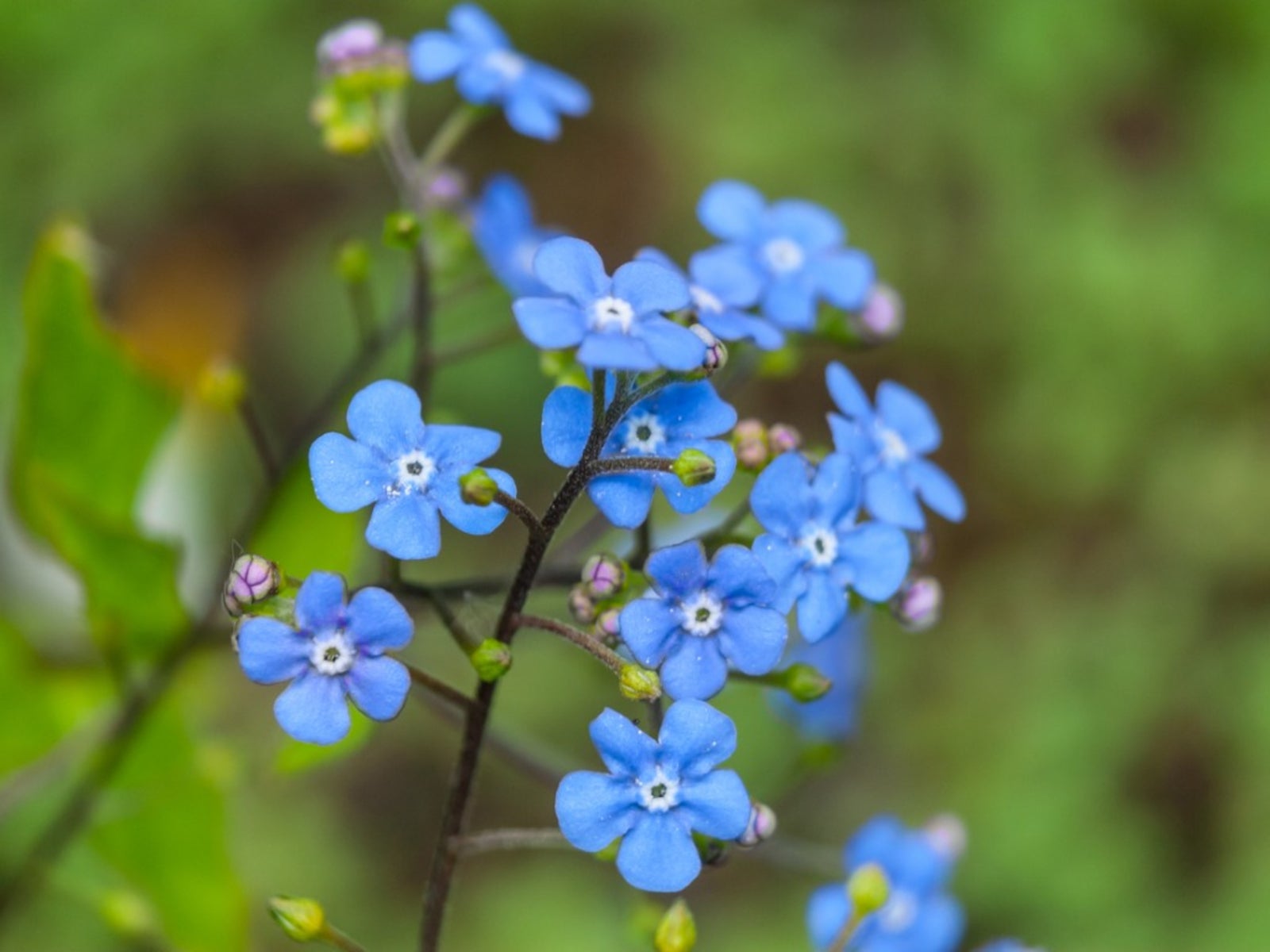 Flowering Pond Plants - Growing Aquatic Flowers
Flowering Pond Plants - Growing Aquatic FlowersAdding flowering pond plants to natural and manmade water features can be an easy way to quickly beautify a space with lush greenery and vibrant bursts of seasonal color. Read on for more.
By Tonya Barnett
-
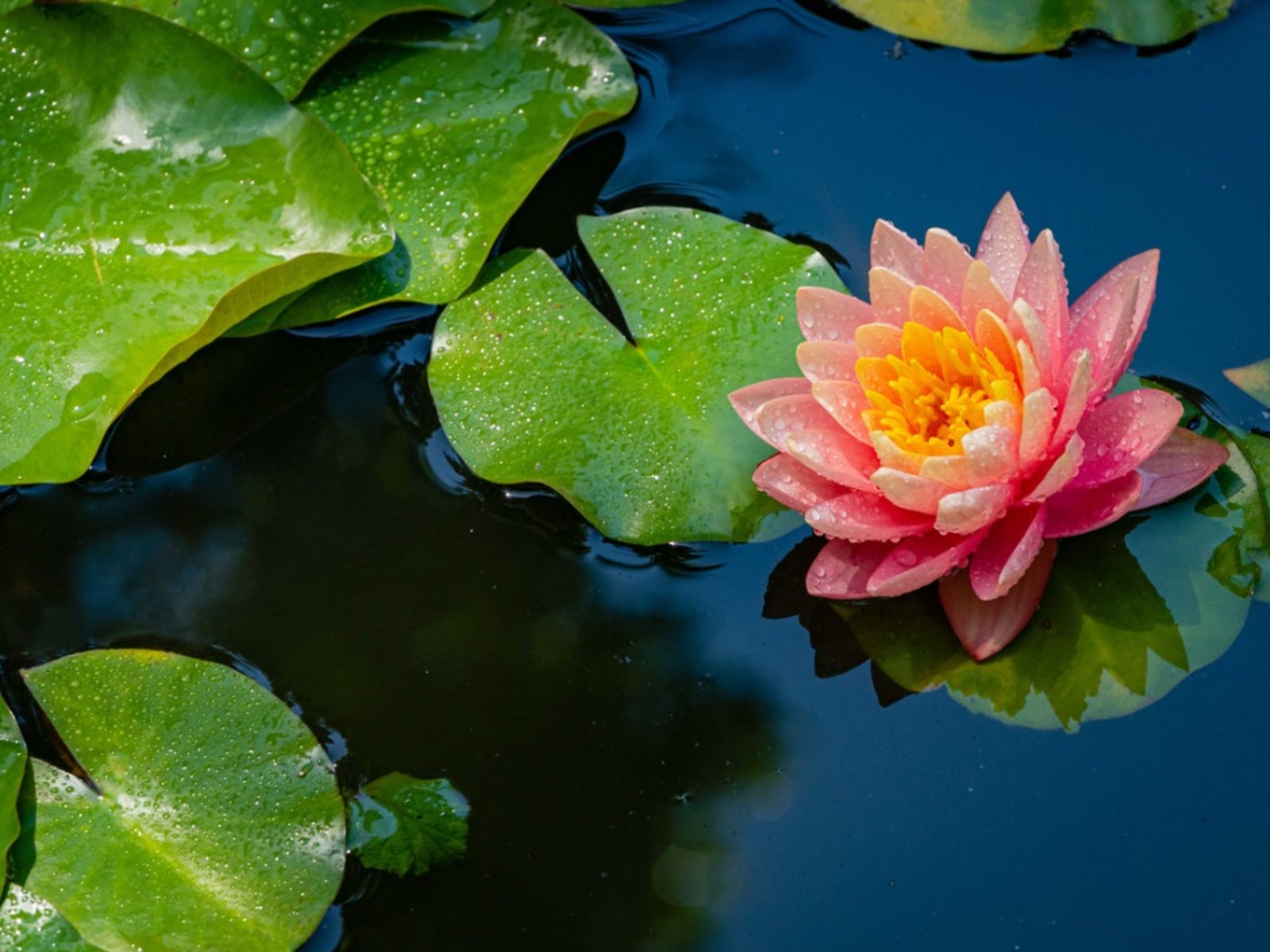 Full Sun Aquatic Plants - Full Sun Floating Pond Plants
Full Sun Aquatic Plants - Full Sun Floating Pond PlantsThere are pros and cons to putting a pond in full sun, but it's very doable. Here are some ideas to get you started.
By Mary Ellen Ellis
-
 Echinodorus Creeping Burhead – Information On Creeping Burhead Plant Care
Echinodorus Creeping Burhead – Information On Creeping Burhead Plant CareCreeping burhead plants are members of the water plantain family and commonly used in freshwater aquariums or outdoor fishponds. Echinodorus creeping burhead is native to the eastern half of the United States. To learn more about the creeping burhead plant click the following.
By Laura Miller
-
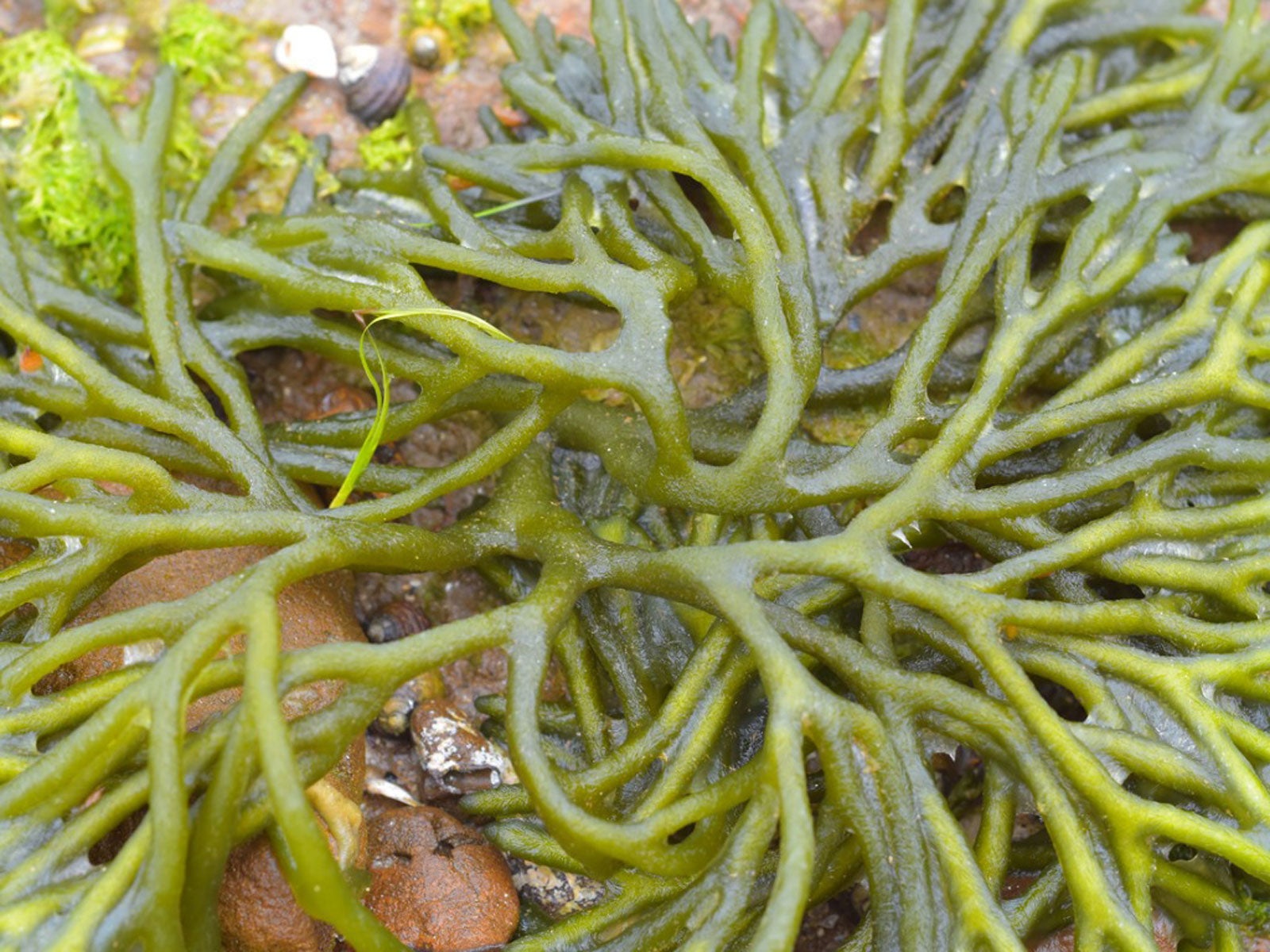 What Is A Saltwater Aquarium: Plants For Saltwater Aquariums
What Is A Saltwater Aquarium: Plants For Saltwater AquariumsBuilding and maintaining a saltwater aquarium requires some expert knowledge in choosing the right plants. Here are some choices to start with.
By Mary Ellen Ellis
-
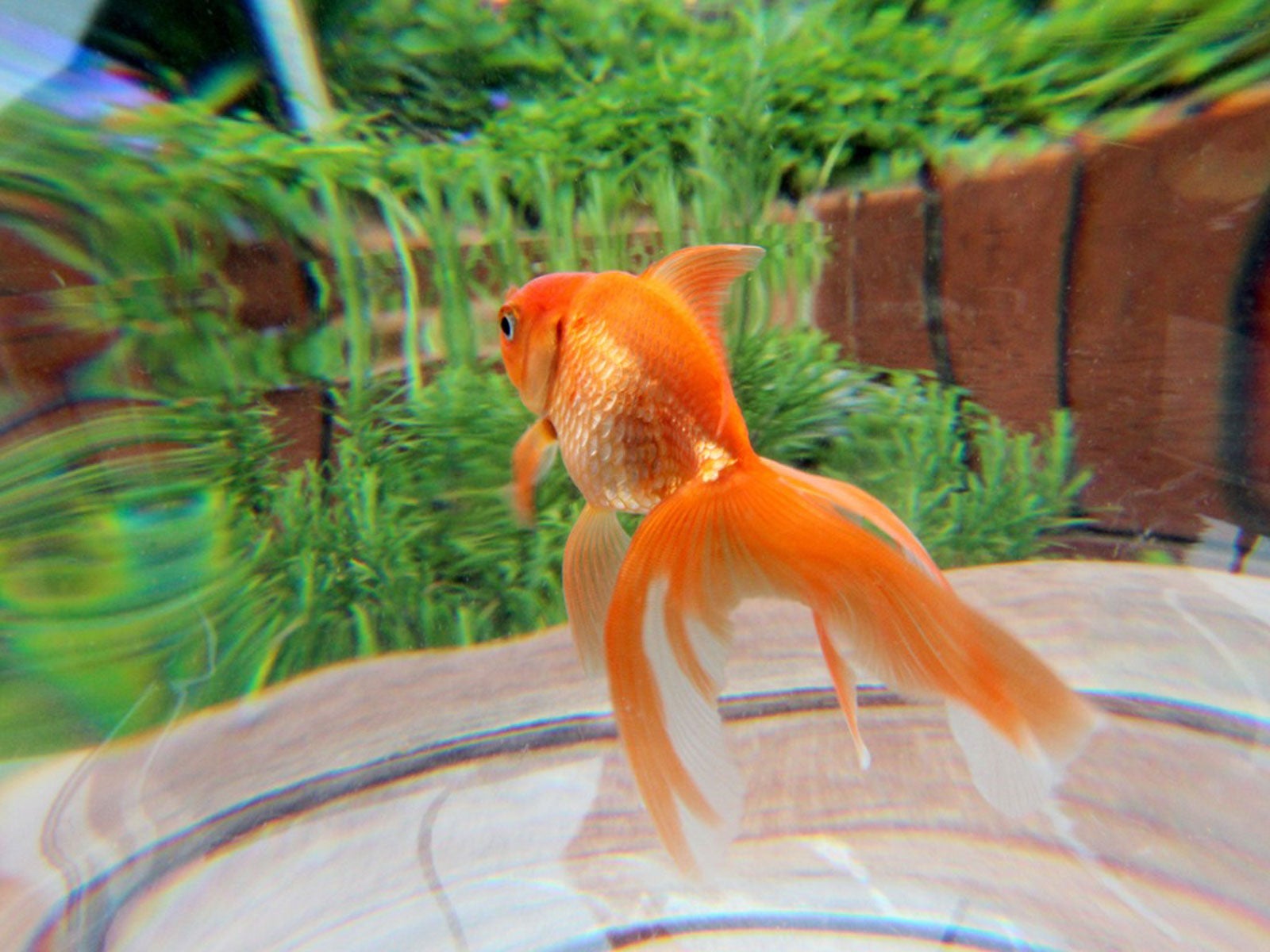 Outdoor Aquarium Ideas: Putting A Fish Tank In The Garden
Outdoor Aquarium Ideas: Putting A Fish Tank In The GardenAquariums are generally made for inside the house, but why not have a fish tank outside? Click here for tips and ideas on backyard aquariums.
By Mary Ellen Ellis
-
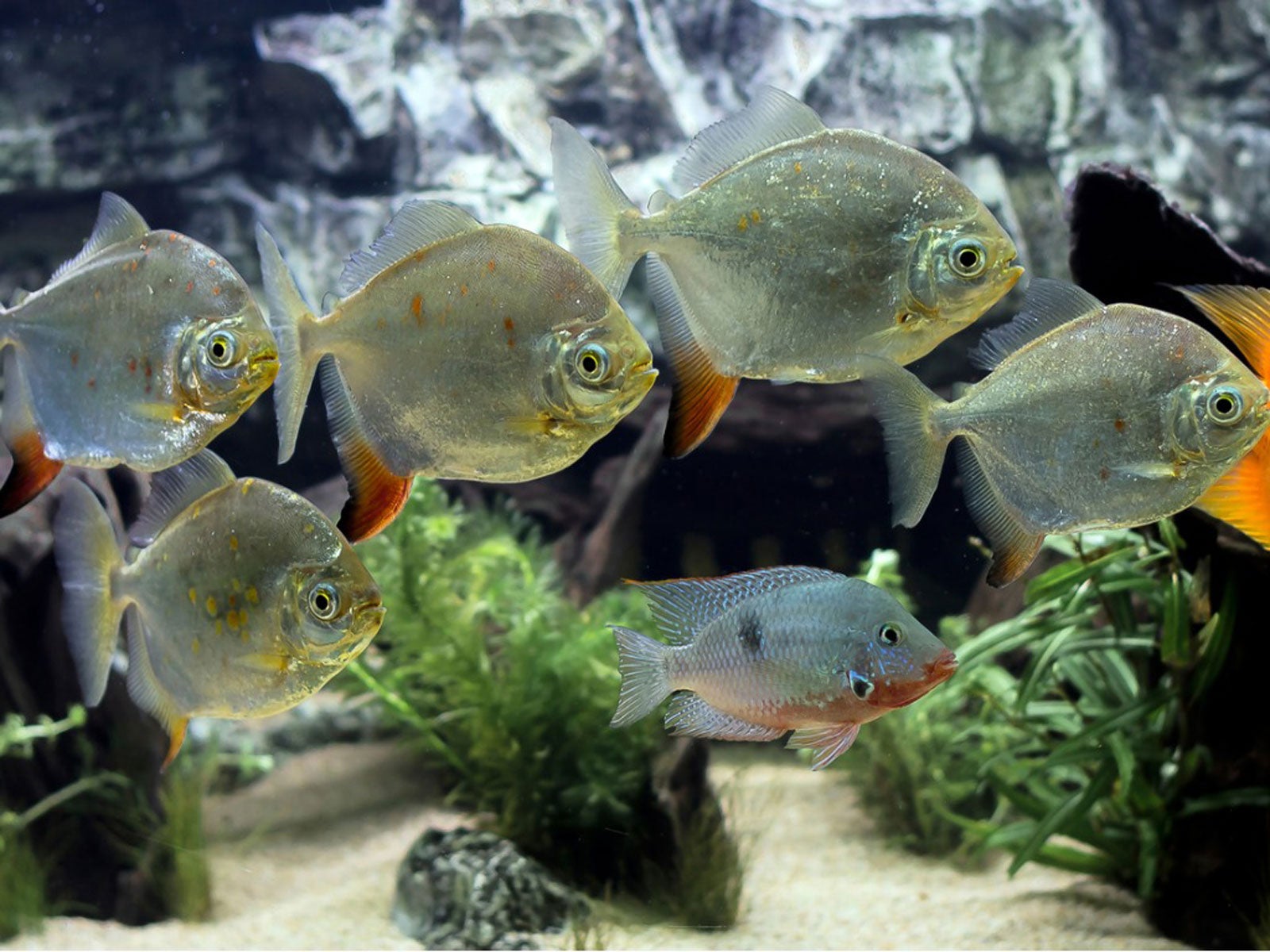 Fish That Eat Plants – Which Plant Eating Fish Should You Avoid
Fish That Eat Plants – Which Plant Eating Fish Should You AvoidGrowing plants with aquarium fish is rewarding, but if you want to combine plants and fish, learn what aquarium fish to avoid. This article will help.
By Mary H. Dyer
-
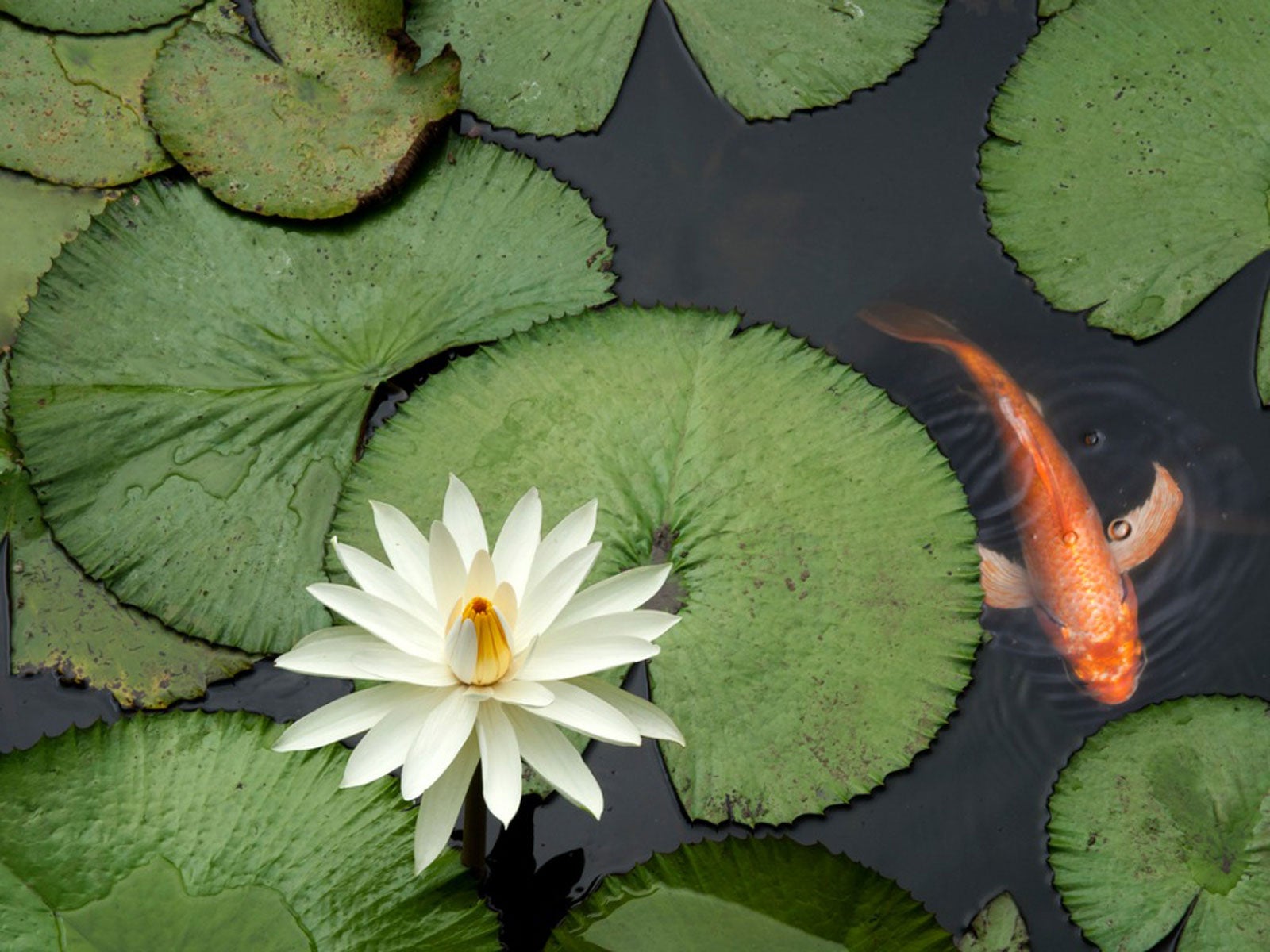 Is Pond Fertilizer Bad For Fish: Learn About Fish Safe Fertilizer
Is Pond Fertilizer Bad For Fish: Learn About Fish Safe FertilizerUsing fertilizer around fishponds must be done with care. Excess nitrogen causes algae, but can also contaminate the water and affect fish. Learn more here.
By Bonnie L. Grant
-
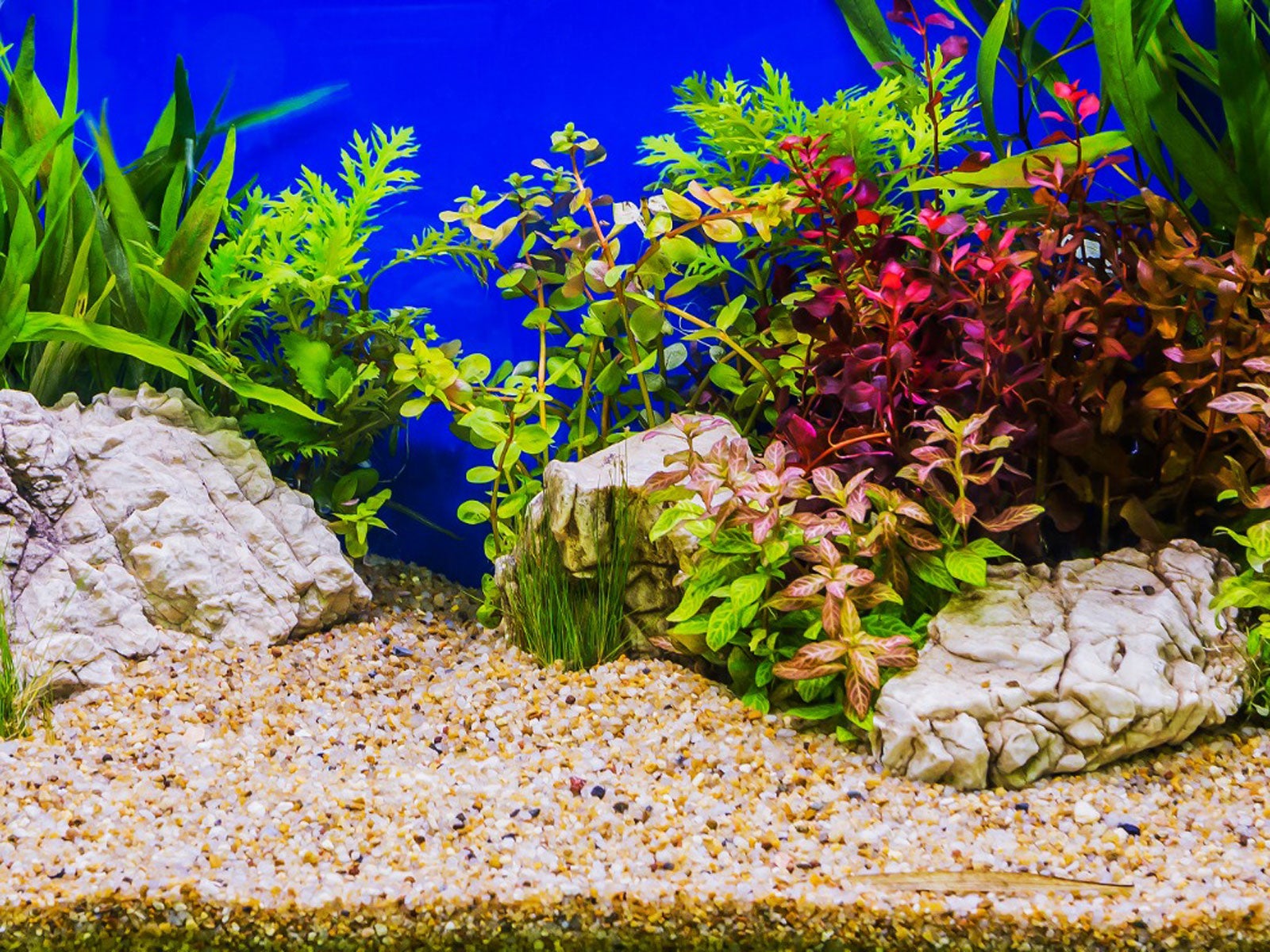 What Is Aquascaping – Creating An Aquarium Garden
What Is Aquascaping – Creating An Aquarium GardenAquatic gardening can be a rewarding endeavor, especially when aquascaping. Click this article to learn more about creating an aquarium garden.
By Nikki Tilley